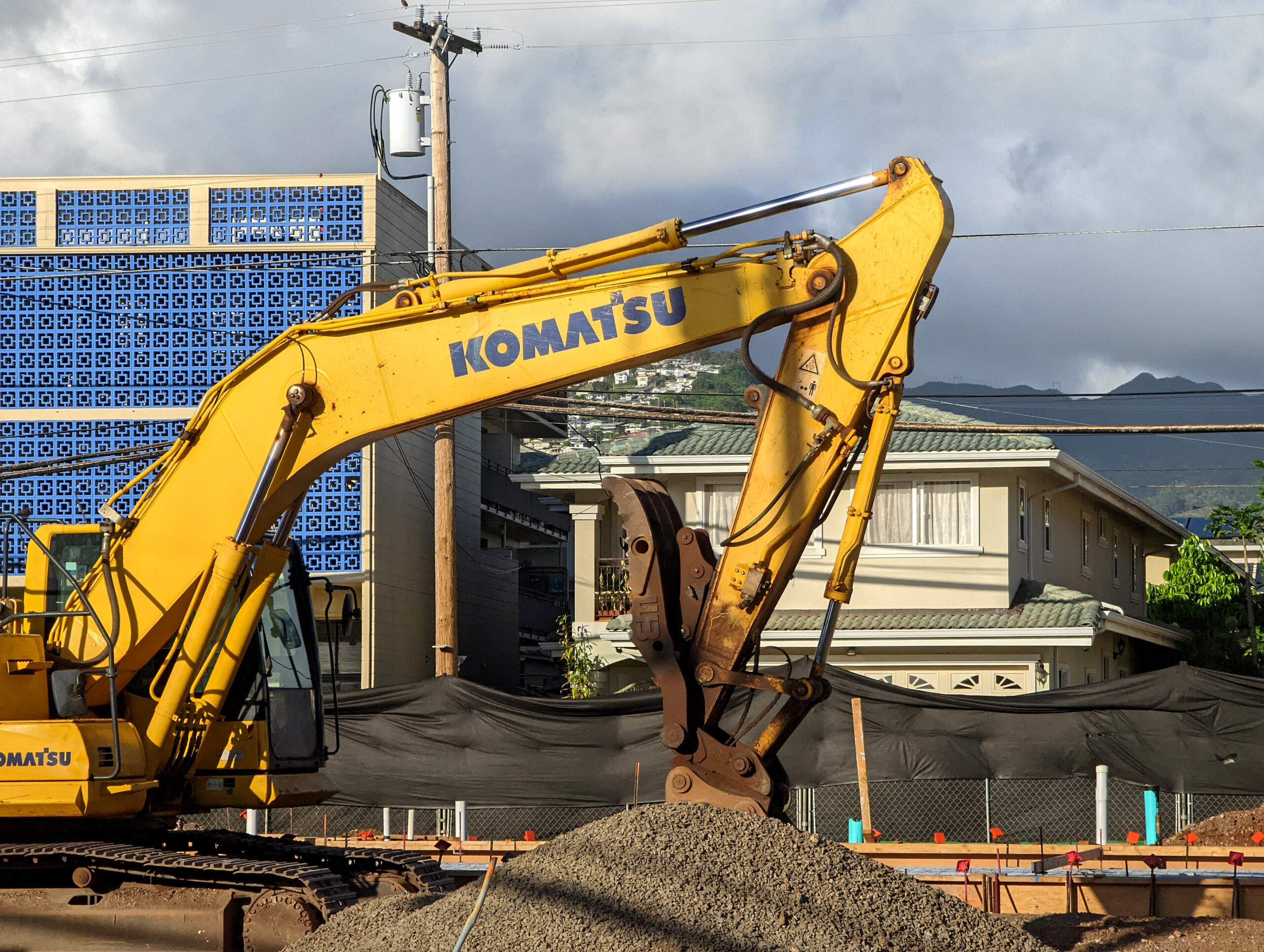
Japan is a significant player in the global construction industry, known for its advanced equipment and technologies. The country is home to some of the largest original equipment manufacturers (OEMs) in construction machinery, many of which have made notable and influential advancements in areas such as sustainability, automation, and robotics. These OEMs have introduced innovations that aim to improve efficiency, reduce environmental impact, and address labor shortages. They also help reaffirm and secure both Japan’s current and future status, respectively, as a major influencer of the global construction industry’s evolving landscape.
To contextualize that innovation and its influence, we’ve shared below four real-world examples of how Japan is helping blaze the trail for the future of the buildings and infrastructure industries.
Dominance in Construction Equipment Manufacturing
Japan is a global leader in construction equipment manufacturing. According to figures from International Construction’s latest Yellow Table, an aggregate of international construction equipment sales data, the country recently overtook China as the No. 2 leader worldwide. And while the US-based Caterpillar continues to hold its long-time spot as the globe’s top OEM (at last as a matter of market share) Japan has more top 50 OEMs than any other country apart from China, with whom it’s tied at an impressive 10 each. Chief among those are Komatsu, whose market share is second only to Caterpillar, and Hitachi Construction Machinery, another top 10 OEM with nearly $10 billion in construction equipment sales annually.
Japan’s strength in equipment manufacturing isn’t necessarily a reflection of the country’s construction market. International Construction estimates the country will only grow to account for 3% of the world’s total construction market share by 2037—which, while still significant, is paltry compared to its presence in the global construction OEM market. What has catapulted Japan in equipment manufacturing is the technological leadership of its OEM.
Komatsu, for instance, was an early developer of autonomous construction machinery, such as self-driving loading and haulage solutions. Komatsu’s FrontRunner Autonomous Haulage System (AHS) automates hauling processes, including the transportation of materials and coordination of trucks in mining and construction around the clock to reduce the risk of accidents and boost productivity. Komatsu launched AHS in 2008, and now has 750 autonomous trucks commissioned worldwide, including tailored autonomous solutions to meet customer needs.
Commitment to Carbon Neutrality in Construction Equipment
Japan’s advanced construction machinery also aids in global sustainable construction efforts—a market that’s estimated to grow by nearly 9% annually between 2024 and 2031. Manufacturers throughout Japan are committed to achieving carbon neutrality, aligning with global initiatives like the 2050 Net Zero Emissions goal. Hitachi, for example, is advancing circular economy practices, using recycled materials and reusing and recycling products and parts to reduce waste. Innovations in electric and hybrid equipment, like Komatsu’s zero-emission, electric excavators, also promise to reduce emissions and fuel consumption. Operating at the scale of a company such as Komatsu, which reportedly has equipment being used by more than 200 companies in 150 countries, that potential reduction is globally significant.
Automation and Robotics Setting Global Standards
Japan is a global leader in robotics, utilizing advanced systems across industries such as manufacturing, healthcare, and construction. With over 419 robots per 10,000 employees, it ranks among the top countries for industrial robot density, reflecting its commitment to automation. This widespread adoption addresses some of the labor shortage challenges that Japan faces due to an aging population.
On the jobsite, leading Japanese general contractors like Shimizu and Kajima are serving as role models for robotic integration. In an effort to improve productivity and reduce the need for human labor, Shimizu develops and tests its own robotic solutions within its Robotics Laboratory. These solutions include Robo-Welder, a duo of robots that work in concert to weld columns, Robo-Buddy, a multipurpose robot that uses location-awareness features, and Robo-Carrier, a materials movement solution. The company has also introduced the Smart Site initiative, which integrates these autonomous robots equipped with artificial intelligence (AI) and Building Information Modeling (BIM) technology for use on jobsites. In a similar vein, Kajima has achieved a world-first with its fully automated dam construction project, utilizing advanced robotics and AI-driven machinery to perform tasks such as earth-moving, formwork, and concrete placement. The project, which took place at the Fujigawa Dam in Yamanashi Prefecture, marks a significant milestone in construction automation.
A Global Outlook
Japan’s leadership in construction technology is reshaping the global industry by combining innovation, sustainability, and automation. With major players in OEMs Komatsu and Hitachi, and global GCs Kajima, Shimizu, and Obayashi at the forefront, Japan is setting new standards in machinery manufacturing, carbon-neutral practices, and robotics integration. These advancements are not only addressing pressing challenges such as labor shortages and environmental concerns but are also driving efficiency, safety, and productivity on construction sites worldwide. Japan’s ongoing contributions to the construction sector highlight its critical role in shaping the future of infrastructure development and transforming industry practices on a global scale.





Discussion
Be the first to leave a comment.
You must be a member of the BuiltWorlds community to join the discussion.